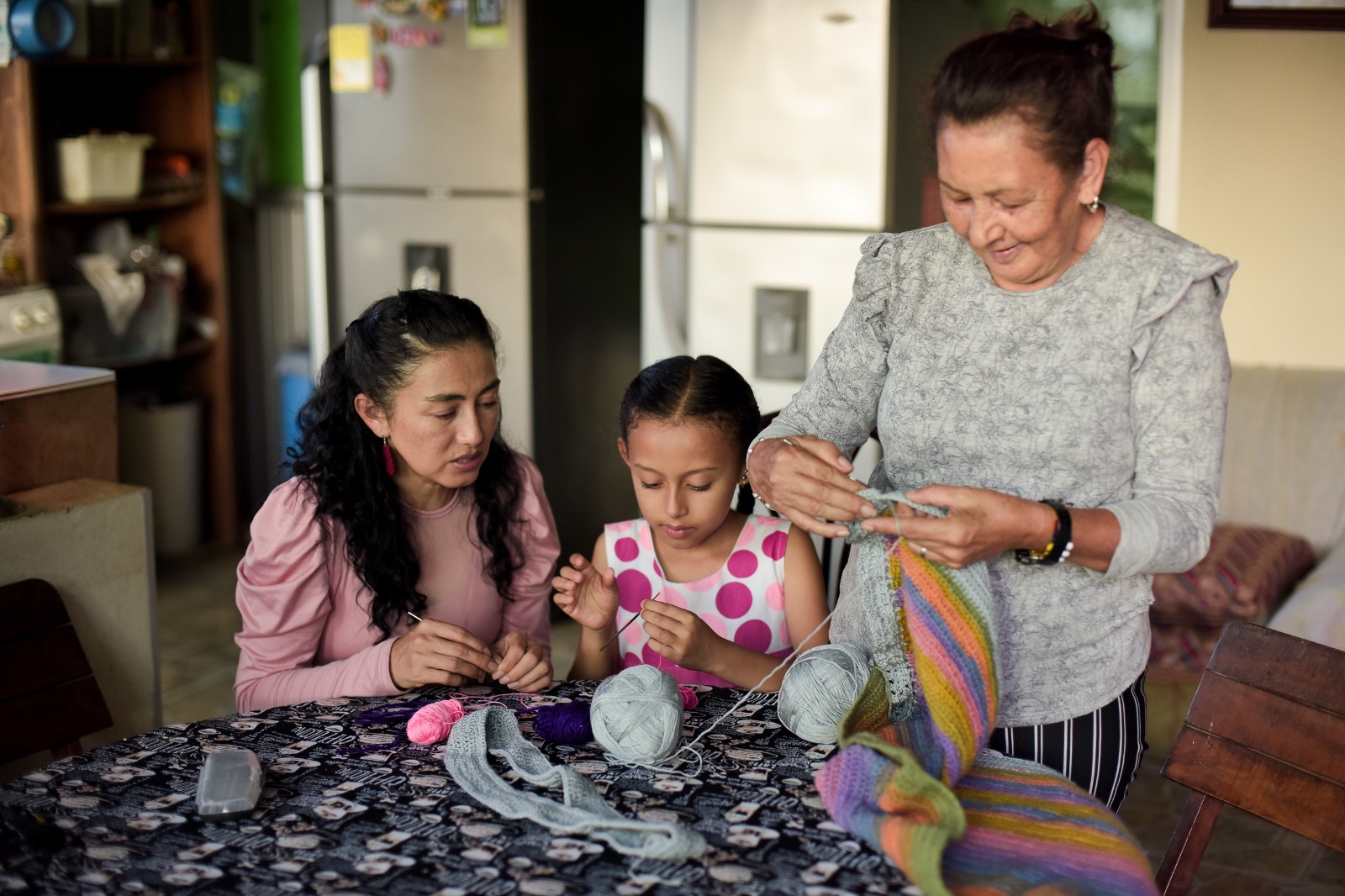By Carmen Correa, CEO Pro Mujer
According to the latest data, Latinas contribute around $1.3 million per year to the GDP of the United States, a figure larger than the economy of the state of Florida, according to The Latina GDP Report, a study by California Lutheran University and UCLA. This impact positions them as one of the most important drivers of development in the economy of the United States. The growth rate of the Latino workforce in the country is nine times larger than that of the non-Latino population, and, within the Latino community, women are leading in almost all segments: between 2010 and 2021, their contribution grew by 51.11%. The Hispanic Heritage Month invites us to reflect on the role this group plays in the workforce, representing 17% of the female population in the country of the country (PCR), its progress, and its challenges.
The history of Latinas in the United States economy is one of centuries of inequality compared to other demographic groups. Currently, it is estimated that there is a 46% gender wage gap compared to non-Latino men (National Women’s Law Center), and a 26% gap compared to white women. Even so, the progress made over the past decade is significant, with record highs in terms of workforce participation, educational attainment, and wages earned. Their businesses are more likely to provide growth opportunities for their employees than those led by white individuals. (2021 State of Latino Entrepreneurship)
With 34 years of experience working with women in Latin America, September marks one year since Pro Mujer arrived in the United States. This comes at a pivotal moment in the history of Latinas in the country, with strong indicators of their integration and potential, but with a persistent inequality that refuses to disappear. This is evident in their overrepresentation in the low-income population, labor instability, and the precarious conditions associated with their most common roles. Focusing on making an impact through education, where the true difference lies, we created the Migrant Woman Module on our digital platform Emprende Pro Mujer to foster their personal and professional growth. It offers educational content, mentoring, networking opportunities, personalized support and assistance in the creation of sales channels.
In this first year, more than 1,000 Latina women have already used the tools of Emprende Pro Mujer in the United States with encouraging results: 48% saw improvements in their financial management, 34% incorporated digital channels into their businesses, and 86% reported improvements in their leadership skills. The platform is based on three pillars: Financial inclusion, skills development, and health and wellness services, which are key to creating a positive impact and ensuring an intersectional model where women can achieve economic autonomy. In Latin America, Emprende Pro Mujer has already trained more than 101,900 women across 23 countries.
I always emphasize that the Latino community surpasses other demographic groups in terms of consumption growth (Latina GDP Report), which demonstrates how society as a whole benefits from their development. Reversing the inequalities they still face is not just about settling historical debts with migrant women, but about empowering true drivers of national growth. If despite all the barriers they face, they have become this great economic force, I would like to invite you to consider the potential impact they would have as we move forward on the path of more equitable integration. What are we waiting for?

















